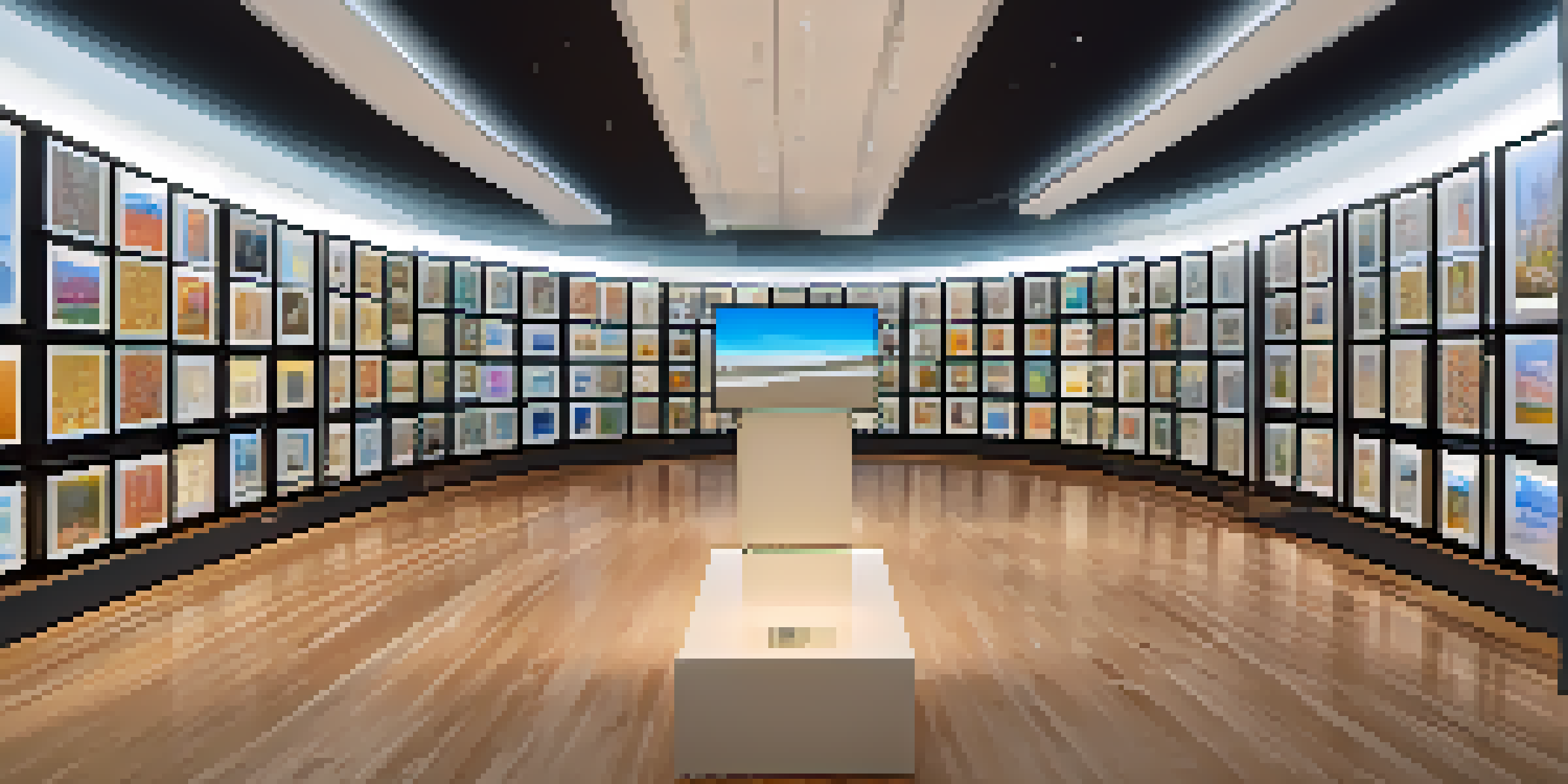The Role of Technology in Preserving Art Heritage

Understanding the Intersection of Art and Technology
Art has always been a reflection of culture and history, but as time progresses, the preservation of these artistic treasures becomes increasingly challenging. The intersection of art and technology offers innovative solutions to safeguard our heritage. By utilizing tools like digital scanning and 3D modeling, we can create detailed records of artworks that might otherwise degrade over time.
Digital Archiving: A New Age of Preservation
Digital archiving has revolutionized how we store and access artistic works. Instead of relying solely on physical storage, museums and galleries can now create digital replicas of paintings, sculptures, and artifacts. This ensures that even if the original piece suffers damage, a high-quality digital version is available for future generations.
Tech Safeguards Art Heritage
Innovative technologies like digital archiving and 3D modeling are revolutionizing the preservation of cultural heritage.
Virtual Reality: Experiencing Art Like Never Before
Virtual reality (VR) technology is transforming the way we experience art. Through immersive VR experiences, users can explore famous galleries and historical sites without ever leaving their homes. This not only broadens access to art but also allows for interactive learning about the context and significance of various pieces.
Artificial Intelligence: Enhancing Restoration Efforts
Artificial intelligence (AI) plays a pivotal role in art restoration, assisting experts in analyzing and reconstructing damaged works. AI algorithms can study thousands of images to help identify original colors and patterns, providing valuable insights for restorers. By enhancing these restoration efforts, AI ensures that artistic integrity is maintained while making art accessible.
AI Aids Art Restoration
Artificial intelligence is enhancing restoration efforts by providing insights into original colors and patterns of damaged artworks.
Social Media and Global Art Communities
Social media platforms have become powerful tools for promoting and preserving art heritage. Artists, museums, and art enthusiasts can share their work and engage with a global audience, fostering vibrant communities. This accessibility not only raises awareness but also encourages collaborative efforts in preserving cultural heritage.
Augmented Reality: Bridging the Past and Present
Augmented reality (AR) technologies are bridging the gap between historical artifacts and contemporary audiences. By overlaying digital information onto physical art pieces, AR can provide contextual stories and details that enhance the viewer's experience. This engaging approach makes learning about art both informative and interactive.
Engaging Communities in Preservation
Crowdsourcing initiatives empower communities to actively participate in preserving local art and cultural heritage.
Crowdsourcing: Community Involvement in Preservation
Crowdsourcing initiatives allow communities to participate actively in art heritage preservation. By inviting individuals to contribute to digitization projects or share knowledge about local art, organizations can tap into a wealth of resources. This collaborative approach fosters a sense of ownership and responsibility towards cultural heritage.
The Future of Art Preservation: A Technological Outlook
As technology continues to evolve, the possibilities for preserving art heritage seem limitless. Innovations such as blockchain for provenance tracking and advanced imaging techniques promise to further secure our artistic treasures. By embracing these advancements, we can ensure that future generations will appreciate and learn from the art that defines our history.